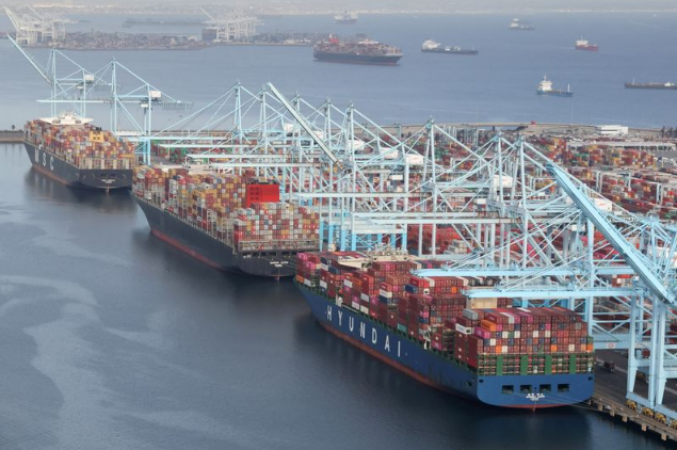
Beijing: August 24, 2023 China's economic growth has reached its most sluggish pace in 27 years during the second quarter of 2023. The nation is grappling with an array of complex challenges, notably the persistent impact of the COVID-19 pandemic and a notable deceleration in the property market.
For the second quarter, the economy saw a mere 0.4% expansion, marking a considerable decline from the 4.8% growth experienced in the initial quarter of the year. This setback in growth is reminiscent of the pace witnessed back in 1992, marking a significant turning point.
Several interrelated factors have been instrumental in driving this downturn:
The implications of this economic slowdown are multifold. Foremost, it could trigger a surge in job losses, reduction in income levels, and a slackening of investment momentum. Moreover, achieving the government's economic targets could become more challenging.
Also Read: "IMF Sounds Alarm on Mounting Recession Risks, Slashes Global Growth Projection to 3.6%
In response to these challenges, the government has undertaken a series of measures to reinvigorate economic growth, including:
Despite these efforts, the effectiveness of these measures remains uncertain, leaving observers questioning whether they will be sufficient to counteract the slowdown's impacts.
Also Read: Chandrayaan-3's Lunar Landing: A Tapestry of Lunar Beliefs Across Religions
The challenges presented by this economic deceleration are formidable for the Chinese government. Striking a balance between nurturing growth and guarding against inflationary pressures requires a delicate touch. The government's response will shape the trajectory of the nation's economic recovery.
Also Read: Aomini Marketing Solutions: Pioneering Airline & Airport Advertising in India
Furthermore, this deceleration is emblematic of the broader global economic landscape, with a trifecta of challenges—comprising the persisting COVID-19 pandemic, geopolitical tensions such as the conflict in Ukraine, and escalating inflation—weighing heavily on worldwide growth. It is plausible that this deceleration could extend into the foreseeable future, necessitating vigilance and adaptability from economies worldwide